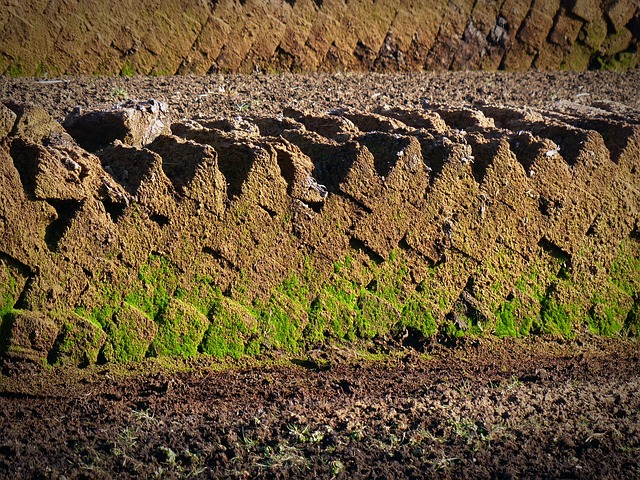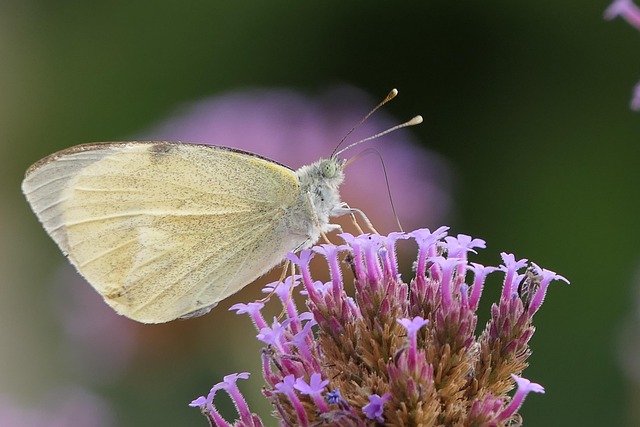
“Unlocking the Benefits of Peat in Your Garden: A Gardener’s Guide”
Unlocking the Benefits of Peat in Your Garden: A Gardener’s Guide
As any dedicated gardener knows, the secret to a thriving garden often lies beneath the surface—in the soil. One ingredient that has stood the test of time and remains a gardener’s favorite is peat. This natural, organic material holds a rich history and a wealth of benefits that can transform your gardening experience.
What is Peat and Why Do Gardeners Love It?
Peat is partially decomposed organic matter, primarily sphagnum moss, that has accumulated in bogs and wetlands over thousands of years. Its unique composition gives it properties that many gardeners find invaluable:
- Water retention: Peat acts like a sponge, holding moisture efficiently and slowly releasing it to plant roots, which is especially crucial during hot, dry spells.
- Soil improvement: When mixed with garden soil, peat enhances texture, making it lighter and more porous for better root growth.
- Acidic nature: Peat’s slightly acidic pH is perfect for acid-loving plants like blueberries, rhododendrons, and azaleas, helping these species thrive.
- Natural fertilization: Rich in organic matter, peat can boost soil fertility, offering nutrients in a gentle, slow-release form.
How to Incorporate Peat Into Your Garden
Using peat in your garden is simpler than you might think, and a little goes a long way. Here’s how you can make it work for you:
1. Mix It into the Soil
Before planting, blend peat into your garden beds to enhance soil structure and moisture retention. A ratio of about one part peat to two or three parts soil works well for most garden plants.
2. Use as Mulch
Apply a layer of peat as mulch around the base of your plants to help conserve moisture and regulate soil temperature. It also helps suppress weeds, giving your plants a better chance to flourish.
3. Potting Mixes for Container Gardening
Peat is widely used in potting soils due to its ability to retain water and provide a stable growing environment. Combining peat with perlite or vermiculite creates an ideal medium for container plants.
A Note on Sustainability
While peat offers many benefits, it’s important to use it responsibly. Peatlands are sensitive ecosystems that take centuries to develop, and their destruction can release stored carbon, contributing to climate change. Consider sourcing peat from suppliers who adhere to sustainable harvesting practices, or explore alternatives like coconut coir when appropriate.
Final Thoughts
Peat brings a subtle magic to the soil that many gardeners cherish—a moisture-retentive, nutrient-rich foundation that supports vibrant plant growth. By understanding its qualities and using it thoughtfully, you can unlock the full potential of your garden and watch your plants flourish all season long.


